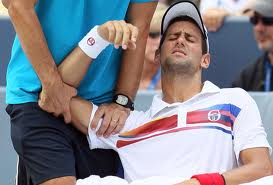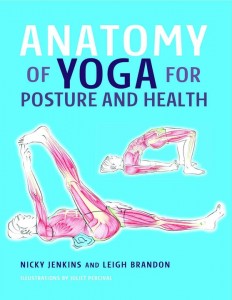Dynamic Posture
Dynamic Posture may be defined as “the ability to maintain an optimal instantaneous axis of rotation in any combination of movement planes at any time in space“.
As a simple analogy, you can think of your spine as an axis of rotation (like a crankshaft) and your arms as a means by which motion at the axis is expressed (like the connecting rod). If your spinal axis is faulty and expresses the exaggerated curvatures that go hand in hand with poor posture, your capacity to rotate efficiently will be significantly reduced. If your spinal axis is well aligned, you are far more efficient and less likely to become injured.
Optimal posture is maintained when muscles surrounding a joint or joints are in balance. Good ‘muscle balance’ simply means that the muscles are at their optimal or normal length and tension. A muscle imbalance is when a muscle on one side of a joint is tight and its opposing muscle (antagonist) is long and potentially weak.
This causes the joint to lose its optimal axis of rotation and can lead to excessive wear and tear on the joint and increase the likelihood for injury during sport.
It is beyond the scope of this blog post to instruct you how to maintain optimal posture and muscle balance. It is advised to receive advice from a qualified professional or read “Anatomy of Yoga – for Posture & Health”, by Brandon and Jenkins. It is always the goal of a rehabilitation programme to optimise posture and muscle balance.
Stay tuned for the last section of this post when I’ll be discussing Posture and Alignment.
Until next time…


